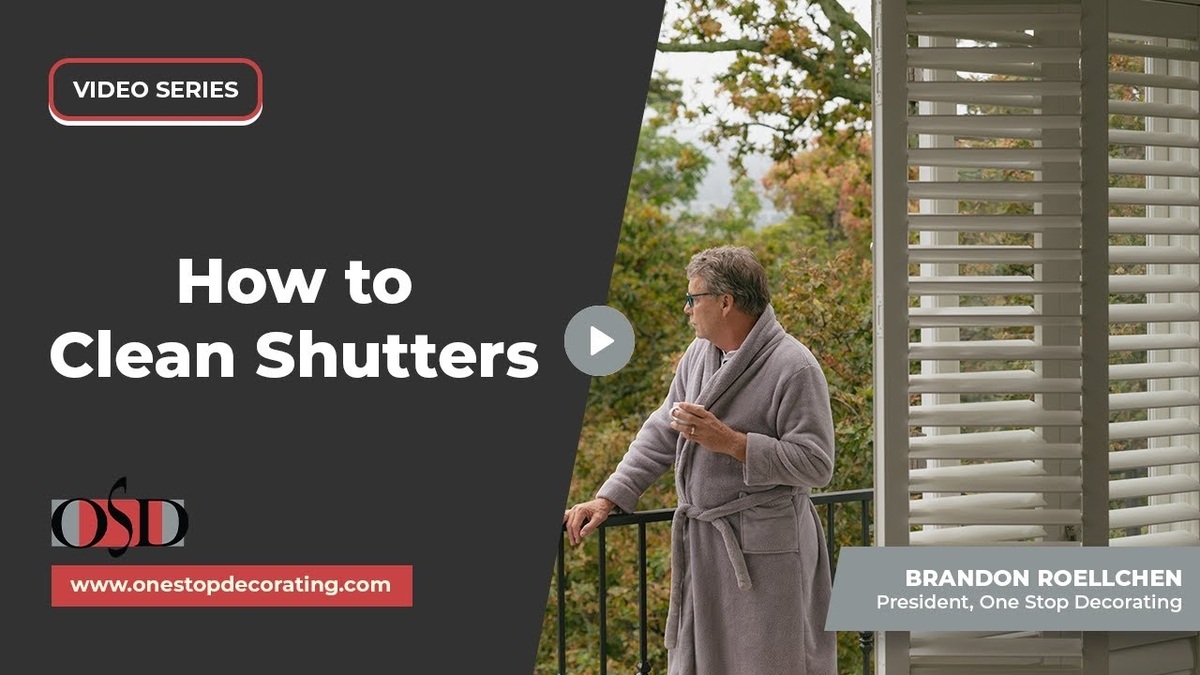Blinds and shades both cover windows, but they work in different ways. Blinds use slats. Shades use fabric. Each changes how your room looks and what you spend on heating, cooling, or upfront costs.
In this guide, we keep it simple. Price, design, how easy they are to use, and how well they save energy. You’ll see the trade-offs and know what makes sense for your home.
What Are the Main Differences Between Blinds and Shades?
Blinds use hard parts like wood, faux wood, or PVC. Rows of slats tilt with a twist or a pull, so you can cut glare on a screen or keep a view without lifting the whole thing. They’re sturdy and easy to dust, which is why people like them over a kitchen sink or in busy rooms.
Shades are fabric or woven material that move as one panel. They roll, fold, or stack at the top, and the cloth softens the light so the room feels calmer. You can add a liner for darker rooms, or choose honeycomb cells for a little insulation and quieter spaces.
Use blinds if you want quick light changes and tough parts. Choose shades when you want a smoother look, softer light, and better heat control, great for bedrooms and living rooms. If you can, stand in your sunniest room at noon and try both. The difference shows fast.
How Much Do Blinds and Shades Cost?
Blinds
Blinds usually cost less up front. Wood and faux wood models fit most budgets, and installation is straightforward for a pro or a handy homeowner. If you want a clean look without a big spend, this is the easy pick.
Cost of Shades
Shades come in higher because the fabric sets the price. Basic roller shades land in the middle, while custom fabrics, liners, wider windows, or motorized lifts push the total up. Patterns, layered styles, and light-filtering options also add cost.
If you’re focused on budget, blinds keep costs in check. If you want a more tailored look with more choices, shades deliver that.
How Easy Are Blinds and Shades to Use?
Blinds
Window blinds are simple to use. You can leave them down and tilt the slats to control light and privacy.
Shades
Shades may include advanced features like:
- Top-down, bottom-up controls for flexible privacy
- Dual light shades with both sheer and room-darkening layers
- Motorized or cordless lifts for added safety and convenience
Need expert help with window coverings? Contact One Stop Decorating for a free consultation.
Which Option Is More Energy Efficient?
Blinds Efficiency
Blinds are the least efficient for insulation. Hard materials like PVC or composite wood don’t block heat or cold well. Over time, they may also warp in direct sunlight.
Shades Efficiency
Window shades do a better job at insulation than blinds. The one that stands out is the honeycomb, also called cellular. It’s built with pockets that trap air. That trapped air helps keep a house warmer when it’s cold and cooler when it’s hot.
People like them because they cut down on energy use. In some cases, they even qualify for credits. If your main goal is lowering bills, honeycomb shades are the style to ask about. They cost more upfront, but they can pay for themselves over time.
Which Window Treatment Fits Your Home Best?
Ask yourself these questions:
- Is budget the top concern? ? Choose blinds.
- Do you want more style and design choices? ? Choose shades.
- Is energy efficiency important? ? Go with honeycomb shades.
- Do you want advanced features like dual layers or automation? ? Shades are the better option.
Conclusion
Blinds and shades both improve a home. Blinds cost less and are simple to use. Shades run higher in price but give you more design choices, extra features, and stronger insulation.
At One Stop Decorating, we make the process easy. Call us for a free consultation, and we’ll walk you through the options. Together, we’ll find the right fit for your windows.



